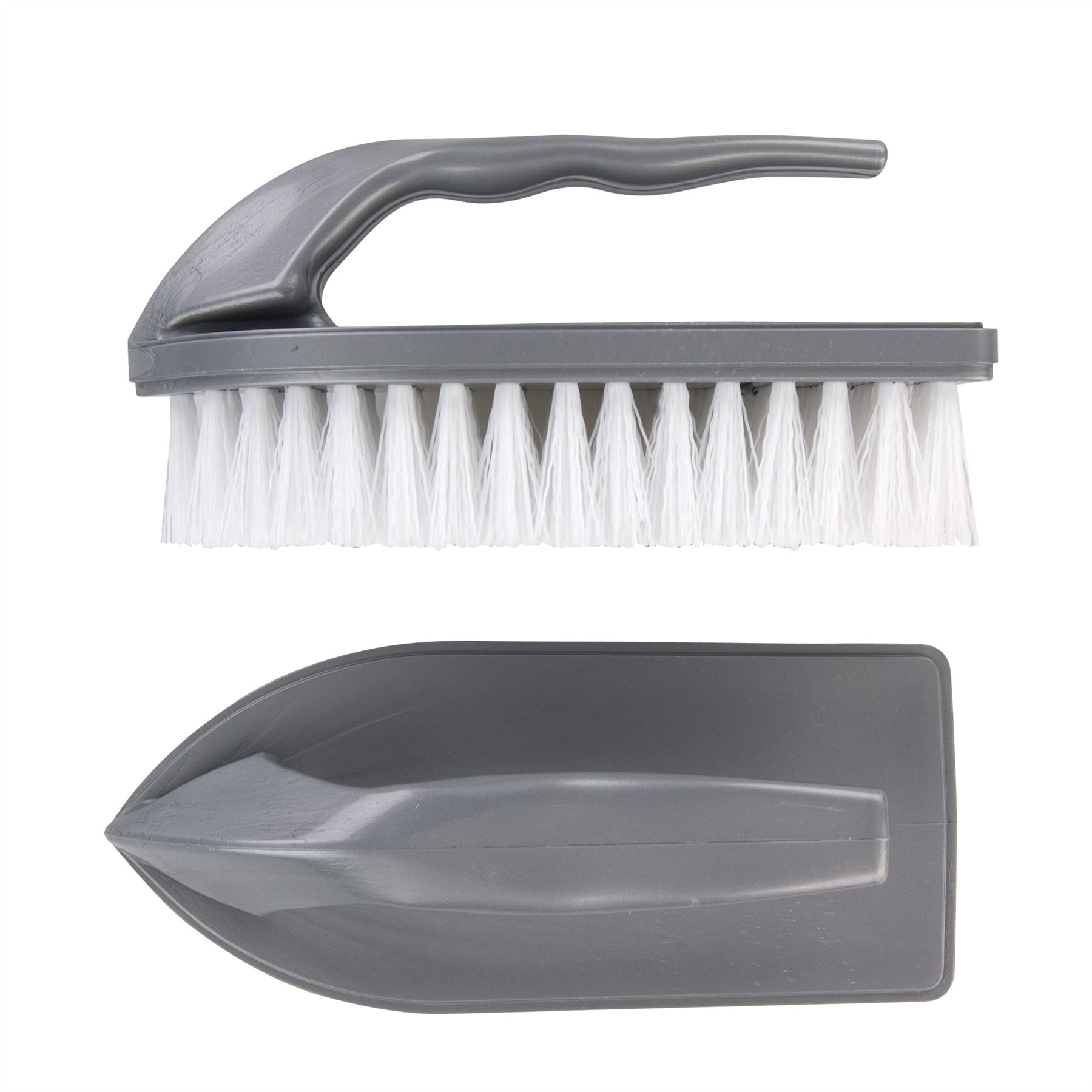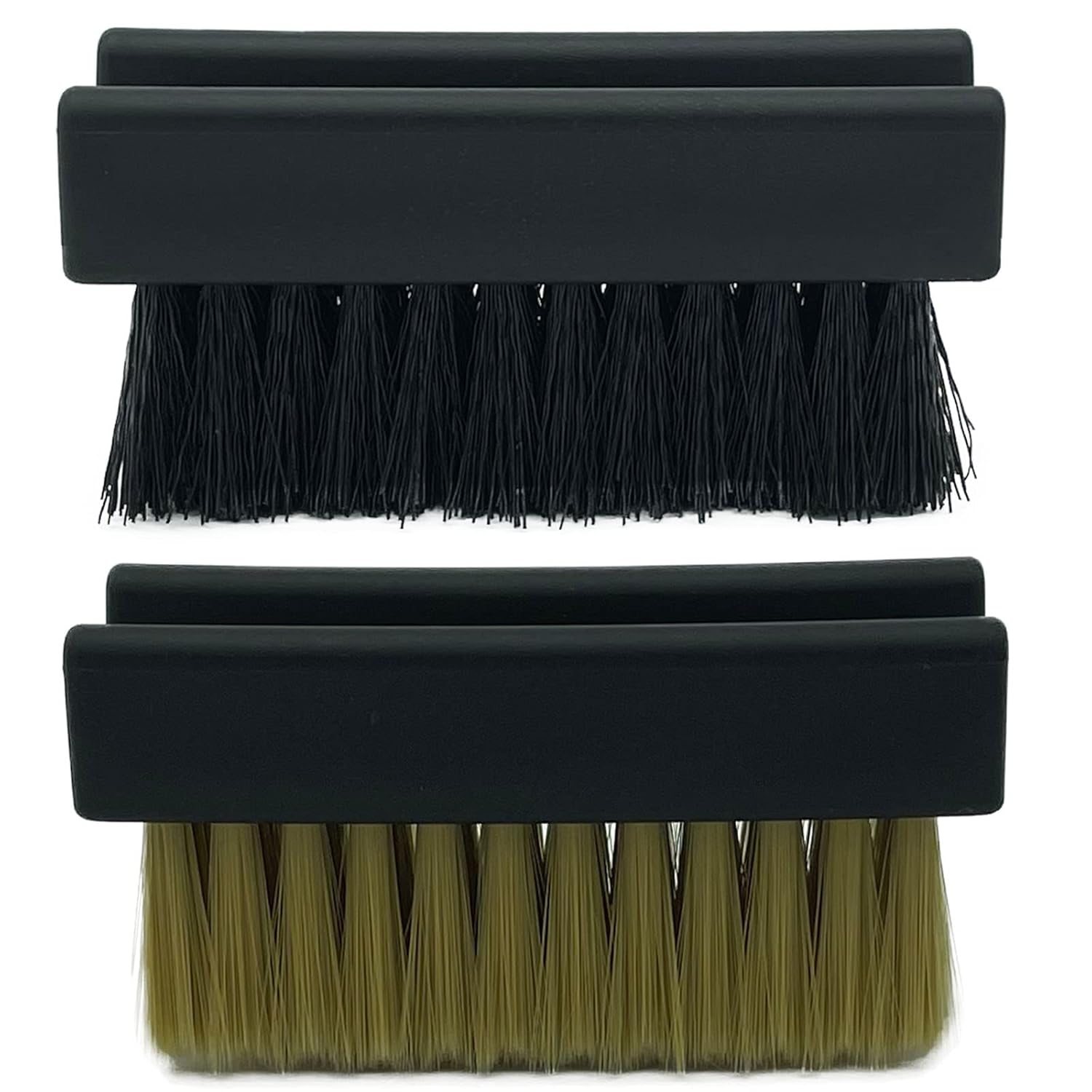Outdoor cleaning can be a beast. Grime, mildew, algae – they cling to patios, decks, fences, and siding with surprising tenacity. While a pressure washer is a powerful tool, sometimes you need the extra scrubbing power of a good outdoor brush to truly conquer those stubborn stains. But choosing the right brush and knowing the best techniques can make all the difference between a quick clean and a back-breaking battle. This guide will walk you through everything you need to know to effectively scrub away tough stains using outdoor brushes.
Understanding the Importance of Brush Type and Bristle Material
Not all brushes are created equal. The type of brush you choose depends heavily on the surface you’re cleaning and the type of stain you’re tackling. Here’s a breakdown:
- Stiff Bristle Brushes: These are your heavy-hitters. Perfect for removing baked-on grime, mildew, and algae from concrete, brick, and stone. Look for brushes with durable bristles made from nylon or polypropylene for longevity. Avoid using stiff bristle brushes on delicate surfaces like wood or painted surfaces, as they can cause scratching.
- Medium Bristle Brushes: These offer a good balance between cleaning power and surface protection. Ideal for cleaning wood decks, fences, and siding. They’re effective at removing dirt and loose debris without causing excessive damage.
- Soft Bristle Brushes: These are best for delicate surfaces like painted walls or cars. They’re gentle enough to remove light dirt and dust without scratching the surface. Natural fiber brushes, like those made from horsehair, are a good option for sensitive materials.
Consider the handle as well! Longer handles provide better reach and leverage, reducing strain on your back. Look for ergonomic handles for added comfort during prolonged cleaning sessions.
Pre-Treatment: Setting Yourself Up for Success
Before you even pick up your brush, take a moment to prep the surface. This will make the scrubbing process much easier and more effective:
- Remove loose debris: Use a broom, leaf blower, or shop vacuum to clear away leaves, dirt, and other loose materials. This prevents them from clogging your brush and reduces the overall cleaning time.
- Pre-soak the area: A good pre-soak helps loosen stubborn stains and makes them easier to scrub away. Use a garden hose or pressure washer with a low-pressure nozzle to wet the surface thoroughly.
- Apply a cleaning solution: Depending on the type of stain, you may want to apply a dedicated cleaning solution. For mildew and algae, a bleach solution (always following safety guidelines) can be very effective. For oil stains, a degreaser is best. Allow the solution to dwell for the time recommended on the product label.
Mastering the Scrubbing Technique

Now for the main event! Here are some tips for effective scrubbing:
- Use overlapping strokes: Work in sections, using overlapping strokes to ensure complete coverage. Avoid scrubbing too hard in one spot, as this can damage the surface.
- Rinse frequently: Regularly rinse your brush and the surface you’re cleaning to remove loosened dirt and debris. This prevents re-depositing grime and ensures a cleaner finish.
- Work from top to bottom: This prevents dirty water from running back over already cleaned areas.
- Take breaks: Scrubbing can be strenuous work. Take breaks when needed to avoid fatigue and injury.
Post-Cleaning Care: Protecting Your Investment
Once you’ve finished scrubbing, don’t forget to care for your brush. Rinse it thoroughly to remove all traces of cleaning solution and debris. Allow it to air dry completely before storing it in a cool, dry place. Proper care will prolong the life of your brush and ensure it’s ready for your next cleaning project.
Choosing the Right Brush for the Job: Specific Examples

Let’s say you’re tackling a particularly stubborn mold problem on your concrete patio. A stiff bristle brush with a long handle would be the ideal choice. The stiffness will effectively dislodge the mold, while the long handle will allow you to reach all areas without bending over excessively. However, if you are cleaning a wooden deck, opt for a medium bristle brush to avoid scratching the surface. This highlights the importance of selecting the correct brush for the specific cleaning task.
Safety First: Essential Precautions

Always wear appropriate safety gear when using outdoor brushes, especially when working with cleaning solutions. This includes gloves to protect your hands, eye protection to prevent splashes from getting into your eyes, and closed-toe shoes to protect your feet. If working with a bleach solution, ensure adequate ventilation and avoid inhaling the fumes.
Conclusion: Achieve Sparkling Clean Outdoor Spaces
With the right tools, techniques, and a little elbow grease, you can conquer even the most stubborn outdoor stains. Remember to choose the appropriate brush for the surface and stain, pre-treat the area, and use proper scrubbing techniques. By following these tips, you can transform your outdoor spaces from grimy and neglected to sparkling clean and inviting.
